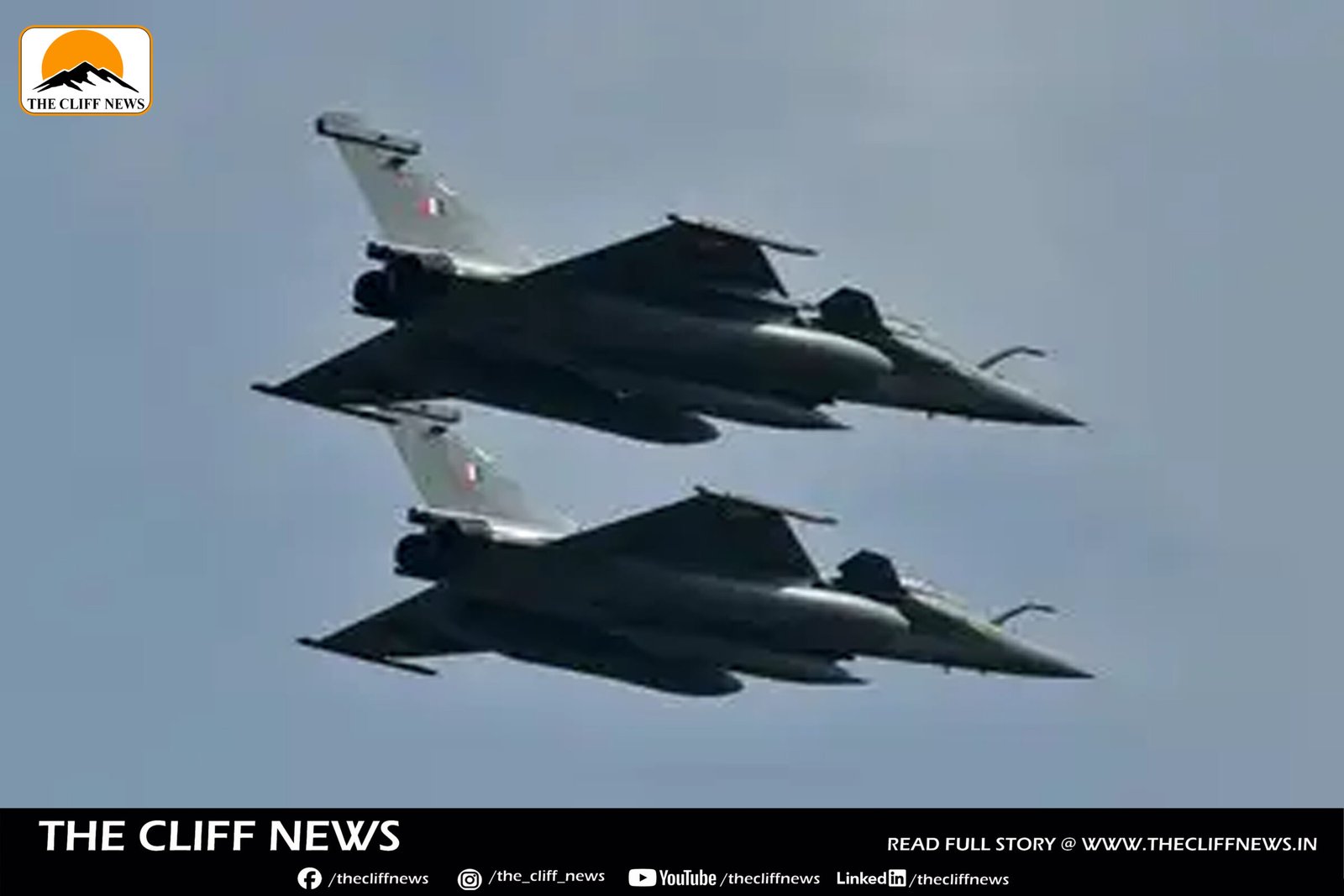In a landmark move for India’s aerospace sector, Tata Advanced Systems Limited (TASL) and Dassault Aviation have signed four Production Transfer Agreements to manufacture the fuselage of the Rafale fighter aircraft in India. This marks the first time Rafale fuselages will be built outside France, a major milestone in Indo-French defence collaboration and a strong push towards the Indian government’s “Make in India” and aerospace self-reliance goals.
As part of the agreement, Tata Advanced Systems will establish a state-of-the-art manufacturing facility in Hyderabad to produce crucial structural components of the Rafale. These include the lateral shells of the rear fuselage, the complete rear section, the central fuselage, and the front section. The production is slated to begin by FY2028, with the facility targeting an output of two complete fuselages per month.
Dassault Aviation Chairman and CEO Eric Trappier emphasized the strategic nature of this move, saying, “This is a decisive step in strengthening our supply chain in India. With partners like TASL, we are confident the facility will meet our quality and competitiveness requirements and support the successful ramp-up of the Rafale.”
Echoing the sentiment, Sukaran Singh, CEO and MD of Tata Advanced Systems, noted, “The production of the complete Rafale fuselage in India reflects the deepening trust in our capabilities and the strength of our partnership with Dassault Aviation. It marks a significant step in India’s journey to becoming a global aerospace manufacturing hub.”
What Is an Aircraft Fuselage?
The fuselage is the main body of an aircraft, serving as the central structure to which wings, tail, and landing gear are attached. According to NASA, it is typically a long hollow tube designed to be lightweight yet strong, helping reduce drag and support various functions depending on the aircraft type.
In a fighter jet like the Rafale, the fuselage is streamlined for supersonic flight, with the cockpit positioned on top, weapons mounted on the wings, and engines and fuel located at the rear. The fuselage bears a large share of the aircraft’s weight, housing vital systems, crew, and — in commercial aircraft — passengers and cargo.
This manufacturing shift represents a giant leap in India’s defence industrial capabilities, positioning the country as a strategic aerospace manufacturing node in the global supply chain and reinforcing its ambitions of technological and economic self-reliance.



